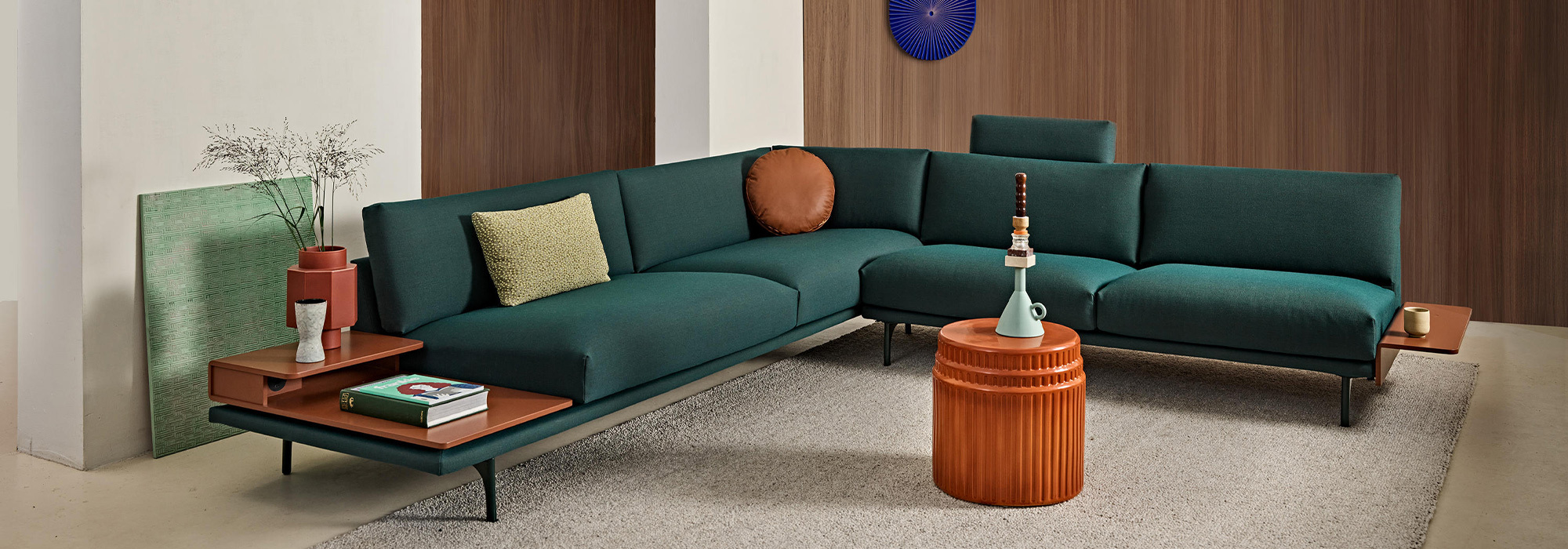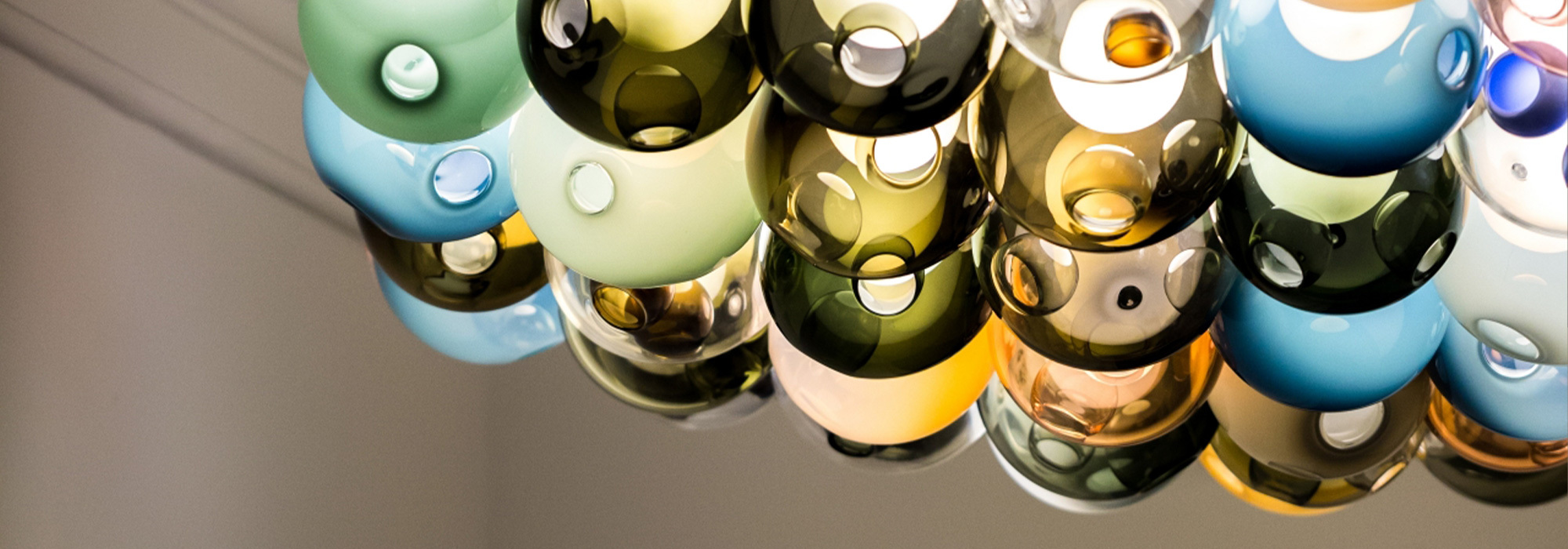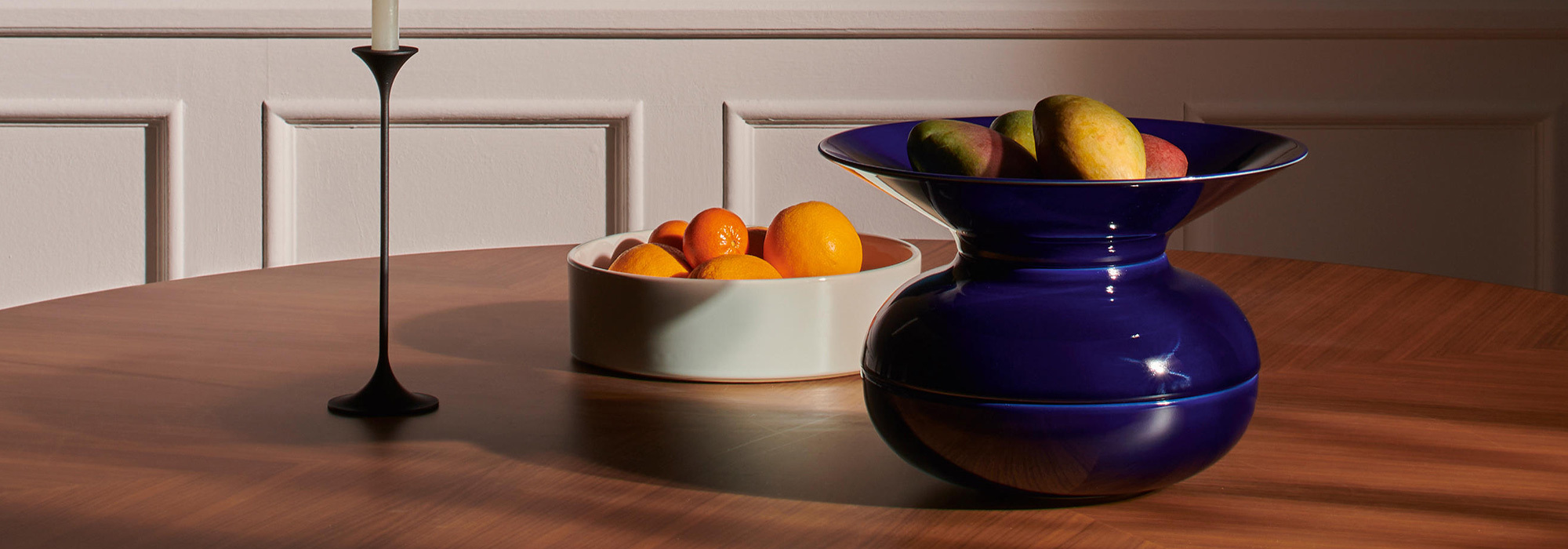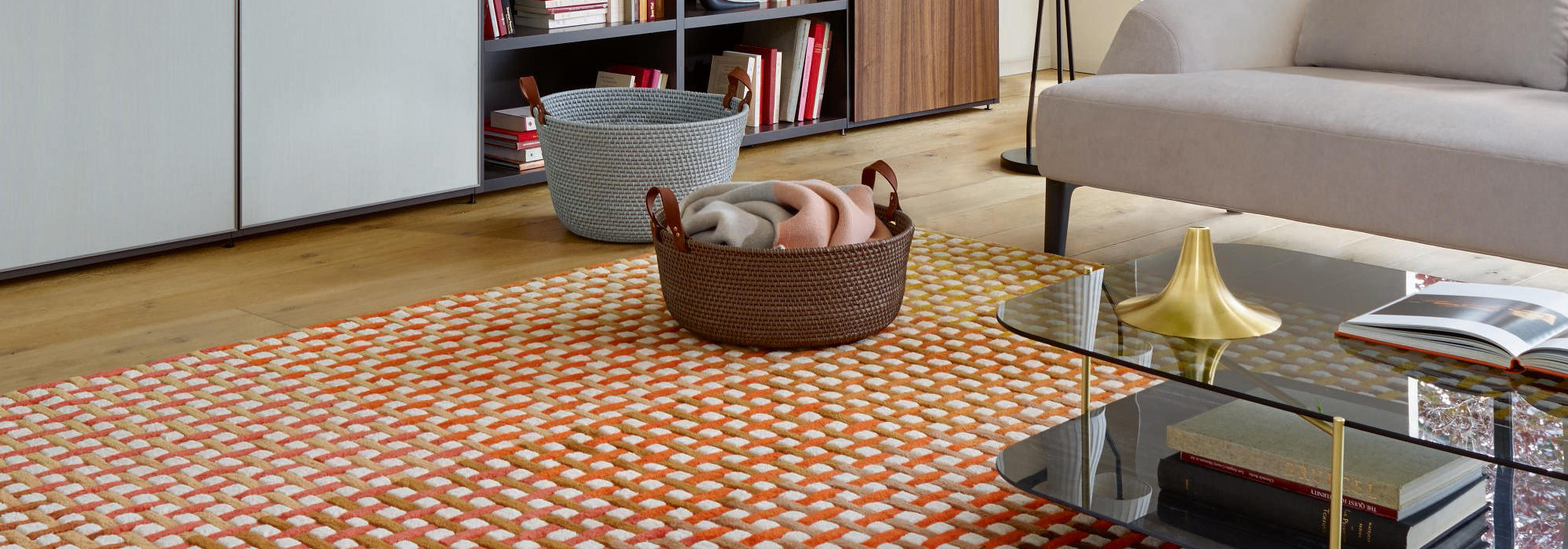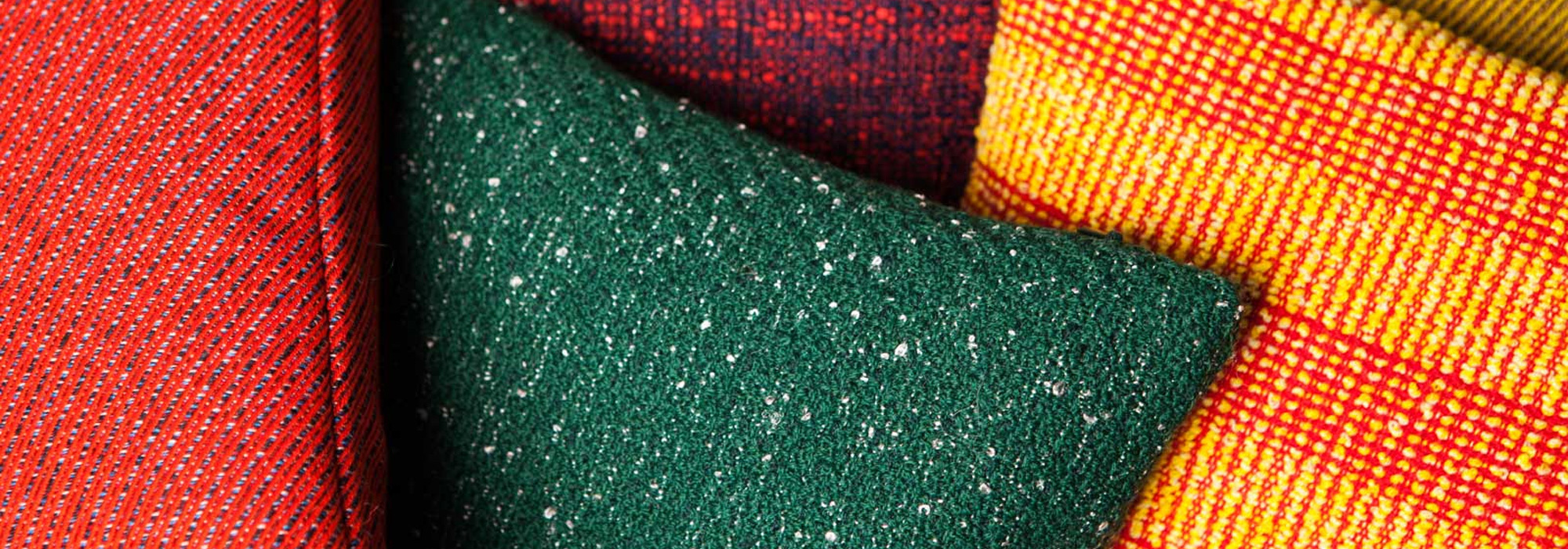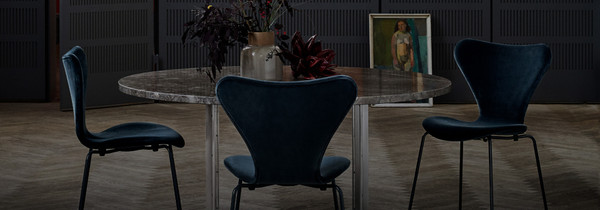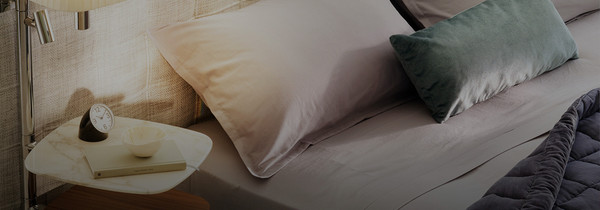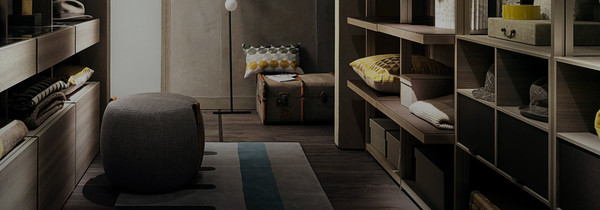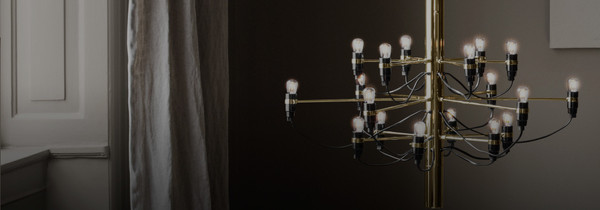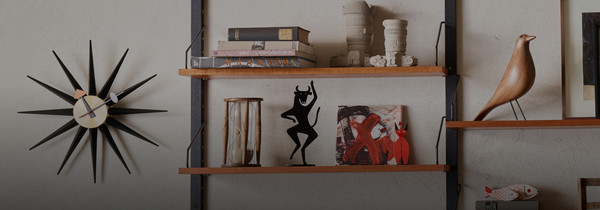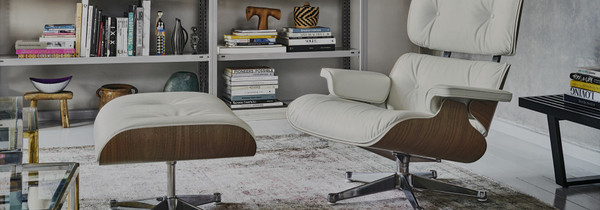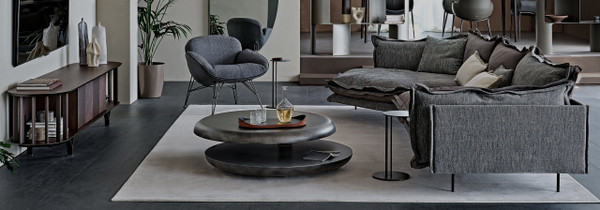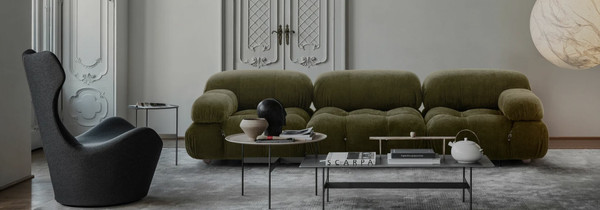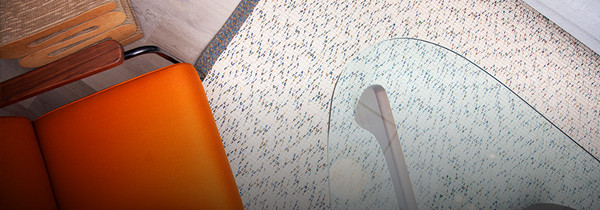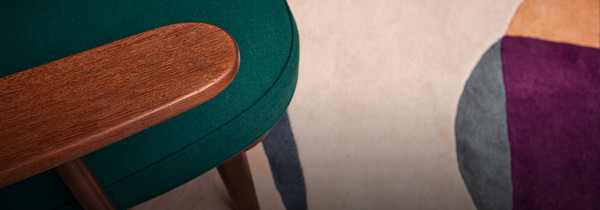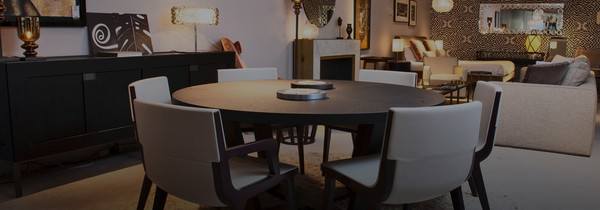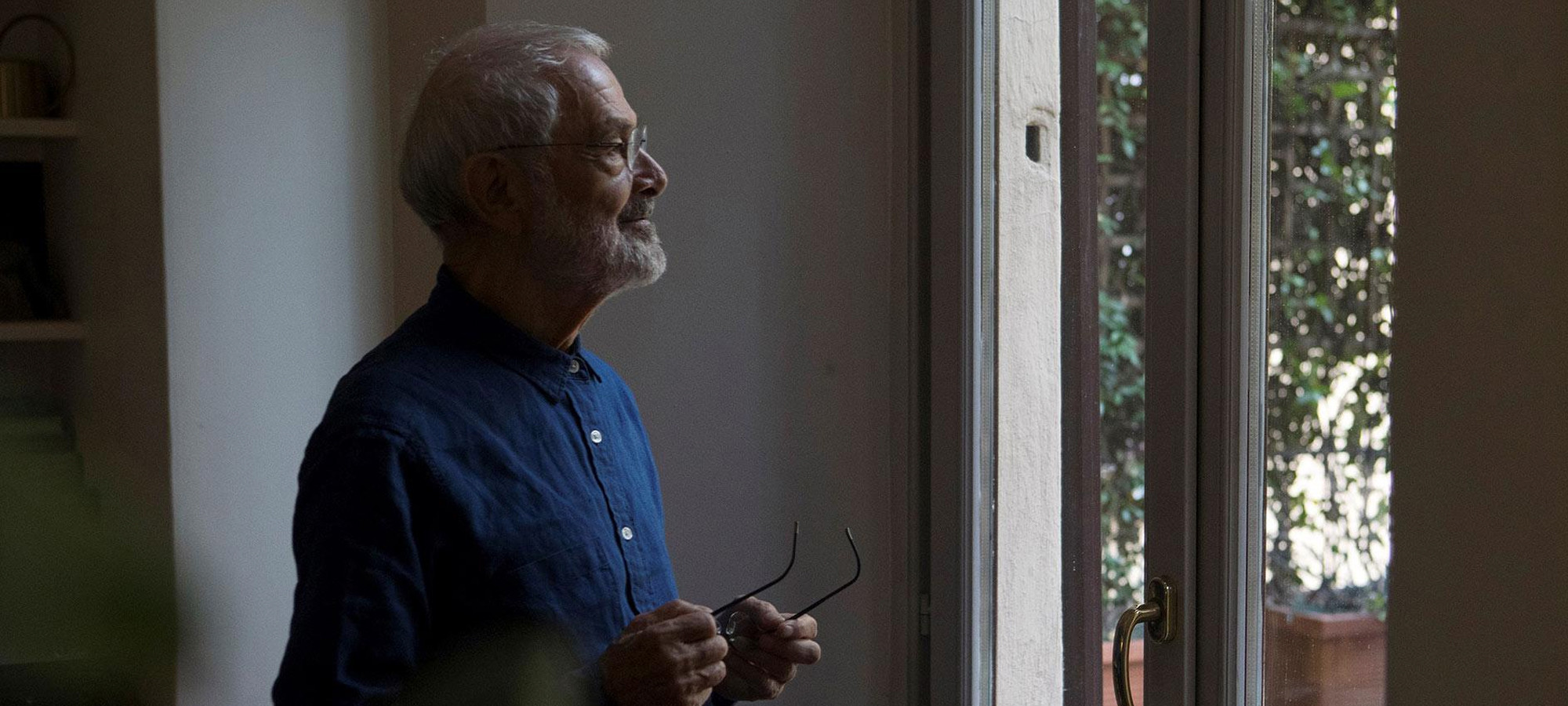
In Conversation With: Francesco Binfaré
We know that comfort feels different for everyone. So why is it that so many sofas look the same?
It’s a conundrum that has plagued Francesco Binfaré ever since he can remember.
His journey to the peak of contemporary design has consequently been marked by adventurous forays into seating. Think sofas shaped like giant polar bears. Modular loungers inspired by Mediterranean archipelagos. And armchairs that seeks to envelop the sitter in softness.
The secret, we learn, is to never focus exclusively on the object itself.
“I’m interested in people,” explains Francesco Binfaré. “And what it is they have on their minds.”
Indeed for the last 40 years, Binfaré has sought to tackle everything from the more practical interior problems — how to comfortably seat ten friends — to the deeper societal malaises of loneliness, climate change and automation.
"I study the passengers on the tram in Milan or the tourists on the beaches in Salento. I see the way their bodies adapt, how they look for the best position, their favourite one. Because a sofa is the portrait of the way we want to sit. My exploration into comfort comes from there."
In doing so, he creates a unique dialogue around the home. Establishing it as a stage for solutions, imagination and possibility.
And while it might feel foolish to try to reduce such a brilliant mind to a handful of his achievements, there are a couple of significant milestones that warrant our attention.
First and foremost because each promises to drastically reshape the landscape of the home. Allowing people the freedom to come together in whatever they please. And second because they each offer a glimpse into the insatiable imagination of one of the world’s most original thinkers.
It Was Just A Dream
Think about where you were in September 1999. It’s likely that you were feeling excited. Swept up in the palpable sense of optimism that accompanied the arrival of a new millennium.
Francesco Binfaré was sleep deprived. Haunted by a series of a strange, surrealist dreams.
“I remember dreaming of an immense red expanse, like one of those beautiful images of the desert,” he recalls. “Suddenly, a black rain began to descend from the high yellow sky, which began to flood the small valleys at first and then continued incessantly until it almost filled the entire basin. Only a strip of land emerged from the surface.
“When I awoke the first words I spoke to myself were: Freedom, that’s what it is! That’s it! Freedom is what remains.“
"Freedom is what remains."
How this vision leapt from the unconscious into a fully functioning sofa is probably a matter for the Greek God, Hephaestus. Him and some of the other highly qualified technicians at Edra.
And yet it was the first step to creating a sofa with a real flavour of freedom.

Named the Flap, its sinuous silhouette is split into nine sectionals. Each of which can recline at six different angles. Elegant and evolving, it can flit between a generous sofa for ten. A comfy day bed for two. Or a completely horizontal space for work, yoga and meditation.
Keen eyes will even notice it in the back of the film, Bohemian Rhapsody — a bright red talisman that speaks to the extravagance and individuality of Freddie Mercury.
In terms of Binfaré’s personal story, it marked the beginning of his career with Edra. As for the rest of us? The demise of the sofa as we knew it.
Breaking The Ice
Few activities attract ire like throwing a bunch of people who don’t know each other into a room and asking them to undergo a round of ice-breakers. But what if we didn’t need prompts or quick fire questions to prompt spontaneous connection? What if there was a sofa that instinctively encouraged people to get together in unique and poignant ways?
Enter the Pack.
It’s origins can be traced to a bright summer’s day when Binfaré was walking down the street and realised how strange it was to see so many heads bent over tiny screens — at once connected yet isolated.
“I wanted to create a sofa that would allow the sitter to find their desired posture with an innate sense of happiness,” he explains.
“However, I also wanted to find the representation of a global world that was paradoxically shattering. Eventually, I found in the archive images of a white bear floating on a piece of ice, happy in the sun, but unaware of the risk it runs in its moment of great intensity.”
Not just a landscape for living. But a daily reminder to do whatever it takes to get closer to loved ones.
Covered in ecological fur and ballasted with a non-slip leather cushion, Pack’s purpose becomes twofold. Not just an exotic landscape for living. But a daily reminder to do whatever it takes to get closer to loved ones. In it’s unusual silhouette, it encourages sitters to roll, curl or snuggle up as desired. A moment of genuine connection, couched in a society with ever increasing levels of estrangement.
It’s a poignant symbol at the best of times. But one that grows all the more powerful as we contemplate life after lockdown.
Larger Than Life
Grande Soffice is Binfaré’s latest sofa. A study in softness. And the one you opt for when nothing less than larger than life comfort will do.
“Grand Soffice is a sculpture that fits into people’s houses as a monument or a cathedral fits into urban space,” says Binfaré. “It is itself an architecture. A primordial, sophisticated nest”.
At first glance, it definitely appears to be the most “normal” of his collections. Although each cushion comfortably seats two people and are imbued with enough of Edra’s patented Gellyfoam and goose down to make watching TV feel like a cosy cuddle.
“By now, you may be wondering why the sofa is so meaningful to me,” laughs Binfaré. “I’m interested in space and light and the body. And for me, the sofa is the platform for the noblest human movements.”
“By now, you may be wondering why the sofa is so meaningful to me. I’m interested in space and light and the body. And for me, the sofa is the platform for the noblest human movements.”
The idea that rest, relaxation or togetherness could be considered noble is a fascinating counterpoint to our modern hustle culture. It’s not uncommon to hear high-flying CEO’s joke that they’ll sleep when they are dead. And yet despite the outward pressure, these values never fell from their pedestal in the Binfaré pantheon of aesthetics.
Once again, we’re reminded of the strange prescience of this Italian designer. And of how, when the pandemic struck, many of his contemporaries were sent scrabbling backwards, in search of styles that would help accommodate people as they spent more time than ever at home.
For Binfaré, it was a confirmation of sorts. That all of his pursuits over the last three decades had been worth it. The right focus amid a plethora of moving targets.
Indeed, as far back as 2016 he had said that the sofa will be less and less a piece of furniture and more and more a place. It will be the centre of affective life and sacredness. It will be the space where we preserve and regenerate the culture of the body and the memory of our humanity.
And in a way, it was. It’s impossible to imagine the pandemic without a soft spot to retreat to. Better still is to think of a future in which that foundation can change and adapt, always meeting the challenges of the time. And for us, that’s really the essence of Binfare’s designs. Shapeshifters capable of seeing you through every season of life. In comfort, style, and no small degree of luxury.
